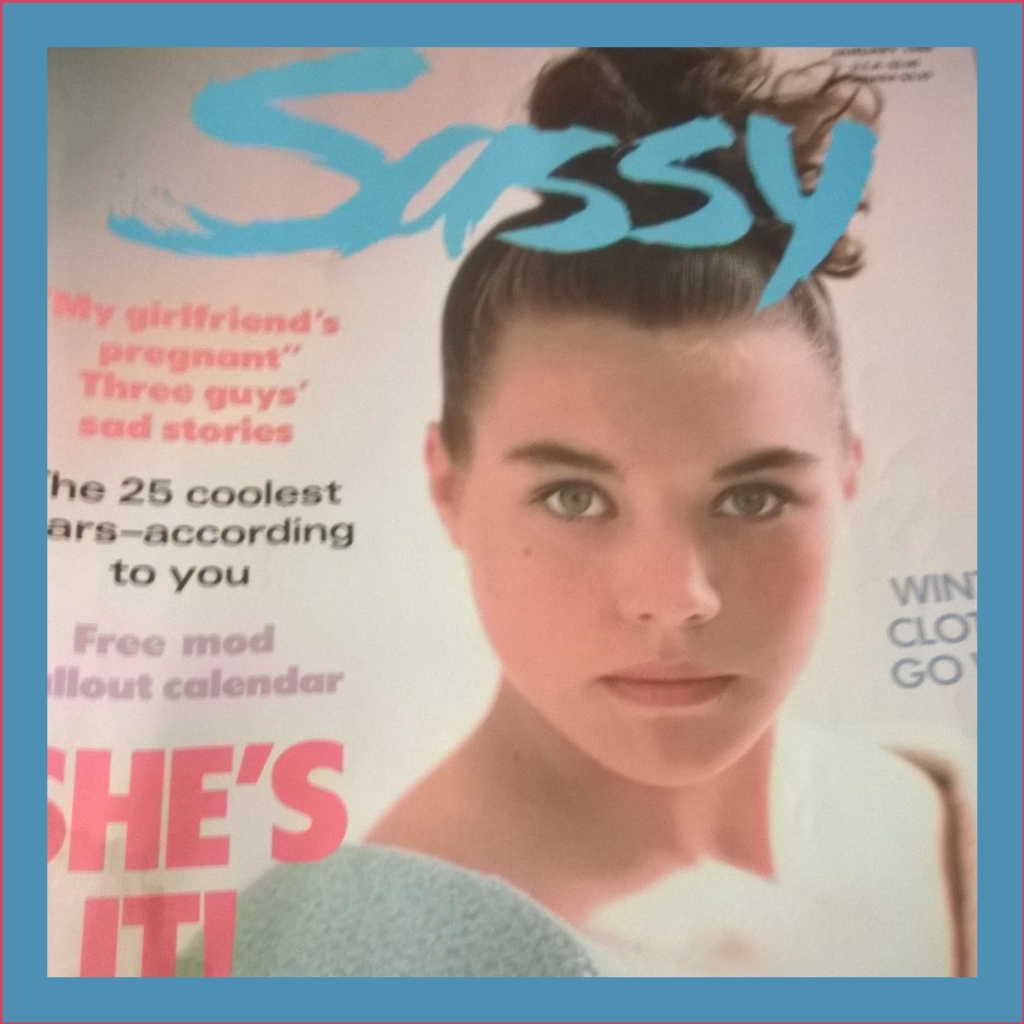Exploring The Enduring Echo Of Suzanne Casale: A Poetic Inspiration
There's a quiet power in names, isn't there? Sometimes, a name can spark something truly remarkable, something that resonates through the years. And so, when we think about Suzanne Casale, we're really touching upon a story that has, in a way, shaped a significant piece of modern poetic and musical history. It's fascinating, really, how one person, or perhaps the very idea of a person, can become a muse for such profound artistic expression.
This particular Suzanne, or rather the inspiration behind the name, is deeply woven into the fabric of a truly iconic song. It's a piece that has touched countless listeners, a melody and set of words that seem to hold vast human emotion within their delicate structure. You might find it interesting to consider how a single individual could inspire such a widely loved and deeply felt creation.
So, we're going to take a closer look at this fascinating connection. We'll explore the layers of meaning within the famous song linked to the name Suzanne Casale, uncovering the story of its origins and the real-life person who, in some respects, brought it to life. It's a journey into creativity, symbolism, and the lasting impact of a very special encounter.
Table of Contents
- The Story Behind Suzanne Casale: A Poetic Muse
- Personal Details and Biographical Insights of Suzanne Casale
- The Song's Profound Impact and Symbolism
- Suzanne Casale's Influence on Art and Culture
- Frequently Asked Questions about Suzanne Casale
- Conclusion: The Lasting Echo of Suzanne Casale
The Story Behind Suzanne Casale: A Poetic Muse
The name Suzanne Casale, or rather, the person who inspired a timeless piece of art, holds a truly special place in the hearts of many. This connection stems from a song, a poem really, that was written by the Canadian poet and musician Leonard Cohen back in the 1960s. It's quite something to think about how a simple encounter could lead to such a lasting work, isn't it?
Early Beginnings and Creative Sparks
The journey of this famous piece began as a poem, first seeing the light of day in 1966. It was then, in that very same year, that Judy Collins recorded it as a song, giving it a voice that reached many ears. So, you can see, the path from poetic verse to a widely recognized tune was rather quick. This poem, it's worth noting, was originally part of Cohen’s 1966 collection, titled “Parasites of Heaven.” That's a fascinating title, to be honest, and it just adds another layer to the story.
The song, with its gentle guitar and captivating melody, eventually became the very first track on Leonard Cohen’s 1967 debut album. This placement, so early in his career, really highlights its importance and the impact it had right from the start. It’s almost as if it set the tone for all the poetic and thoughtful music that would follow from him. The way it unfurls, like a delicate but profound watercolor of vast human emotion, is just remarkable.
Suzanne Casale: More Than Just a Name
For a long time, the identity of the real person who inspired this iconic song remained a bit of a mystery to many listeners. But, as a matter of fact, in 2006, the Canadian Broadcasting Company (CBC) actually found Suzanne Verdal, who was indeed the inspiration for the song. It turns out she was a dancer, and she had traveled around the world, living a life full of movement and experiences. This detail, about her being a dancer, really adds to the imagery in the song, doesn't it?
Sadly, in the 1990s, Suzanne Verdal hurt her back, which must have been a difficult change for someone who expressed herself through dance. So, while Suzanne Casale might be the name we're focusing on, it's important to remember the real person, Suzanne Verdal, whose life story became intertwined with this famous piece of art. To me, part of this song is also about the artist's own longing for personal peace and happiness, particularly during his long battles with depression. It’s a very human element, you know?
Ultimately, while Suzanne Casale represents a real person in the song, she's also, in a way, more of a symbol. She embodies certain feelings, certain ideas, and a sense of connection that transcends a simple biographical account. It's quite powerful how a name can become so much more than just letters. You might also find it interesting that "Suzanne" was a common female given name, particularly popular in the United States in the 1950s and 1960s, remaining in the top 200 most popular names for quite some time. This popularity probably made the song even more relatable for many listeners.
Personal Details and Biographical Insights of Suzanne Casale
When we talk about Suzanne Casale in the context of this famous song, we're really referring to the real individual who inspired Leonard Cohen's creative vision. Her story, while not widely publicized in every detail, offers a glimpse into the life that sparked such a profound piece of art. It’s fascinating how someone’s existence can, in some respects, become a canvas for another’s creativity.
| Detail | Information (as it relates to the inspiration for the song) |
|---|---|
| **Full Name** | Suzanne Verdal (The actual inspiration for the song "Suzanne") |
| **Profession** | Dancer |
| **Life Event** | Traveled around the world |
| **Later Life** | Hurt her back in the 1990s, which impacted her dancing career. |
| **Connection to Song** | Met Leonard Cohen in the 1960s, inspiring his poem and song. Cohen specified, in a BBC interview, that the song was about encountering her. |
| **Symbolic Role** | In the song, she's more of a symbol, representing deeper themes of connection, longing, and spiritual seeking. |
This table, you know, gives us a quick snapshot of the person behind the inspiration. It’s pretty clear that Suzanne Verdal, the woman who sparked the song, led a life that was both artistic and, in a way, quite adventurous. Her profession as a dancer, too, suggests a certain grace and freedom of spirit, which really comes through in the song's imagery. It’s almost as if her very being was infused into the lyrics.
The fact that she traveled around the world also speaks to a broadness of experience, doesn't it? It suggests a person open to different cultures and ways of life. And then, the detail about her hurting her back in the 90s, well, that’s just a very human touch, showing the vulnerability and changes that life brings, even to those who inspire great art. It really grounds the story, in some respects.
Leonard Cohen himself, as a matter of fact, confirmed that the song was about encountering this particular Suzanne. This direct confirmation from the artist is pretty important, because it removes any doubt about the real-life origins of the muse. So, while Suzanne Casale might be the name we're using to explore this topic, the heart of the story rests with Suzanne Verdal and her unique connection to a legendary songwriter.
The Song's Profound Impact and Symbolism
The song "Suzanne," which draws its inspiration from a figure we're calling Suzanne Casale for our discussion, is much more than just a simple tune. It's a piece that truly resonates with people because of its deep, layered symbolism and the vast human emotion it manages to capture. It's really quite a profound work, if you think about it.
Unpacking the Lyrics: A Labyrinth of Meaning
Underneath the melody and the seemingly simple guitar arrangement of "Suzanne" lies what could only be described as a labyrinth of symbolism. It's not just a straightforward narrative; it's a poem that invites you to look deeper, to feel rather than just understand. The lyrics, like "Suzanne takes you down to her place near the river," are very evocative, aren't they? They paint a picture that feels both intimate and slightly mystical.
This imagery, you know, of the river and the quiet place, often suggests themes of purification, transition, or even a return to a more natural, unadorned state. It’s almost as if Suzanne Casale, in the song, becomes a guide to a different kind of reality, one where everyday concerns fade away. The song doesn't just tell you about a person; it immerses you in an experience, a feeling. It's a very subtle way of communicating something profound.
The beauty of this symbolism is that it allows for multiple interpretations, which is part of what makes the song so enduring. People can connect with it on a very personal level, finding their own meanings within its gentle flow. It really is a masterclass in poetic subtlety, allowing the listener to bring their own experiences to the table. So, it’s not just about Suzanne Casale; it’s about what she represents to the listener.
A Reflection of Human Emotion
Leonard Cohen’s "Suzanne" truly unfurls like a delicate but profound watercolor of vast human emotion. It speaks to feelings that are often hard to put into words – longing, connection, a quiet understanding that transcends the ordinary. It’s a very tender song, and that tenderness is what makes it so powerful. You can hear the quiet yearning in it, can't you?
The song also touches upon the idea of spiritual longing, or perhaps a search for something pure and untouched in a complicated world. For Cohen himself, as the text suggests, part of this song was about his own longing for personal peace and happiness during his long battles with depression. This personal element, I think, makes the song even more poignant. It shows how art can be a way of processing very real, very human struggles.
So, Suzanne Casale, as the symbolic figure in the song, becomes a vessel for these deeper themes. She's not just a person; she's a catalyst for reflection on love, spirituality, and the human condition. It’s a rather remarkable transformation, from a real encounter to a universal symbol. This layering of personal experience with broader themes is what gives the song its lasting power and resonance, really.
Suzanne Casale's Influence on Art and Culture
The inspiration behind Leonard Cohen's "Suzanne," a figure we're exploring as Suzanne Casale, has had a quiet yet undeniable influence on art and culture, primarily through the enduring power of the song itself. It's pretty amazing how one piece of music can continue to speak to new generations, isn't it?
Enduring Popularity and Interpretations
Perhaps his most memorable song, "Suzanne" by Canadian poet, songwriter, and performer Leonard Cohen, has maintained its popularity for decades. This lasting appeal isn't just about the melody; it's also about the song's ability to be interpreted in so many different ways. Every listener, it seems, finds something unique within its lines, something that speaks directly to them. This widespread connection is a testament to its artistic merit.
The song has been covered by numerous artists over the years, each bringing their own voice and perspective to it. This constant reinterpretation keeps the song fresh and introduces it to new audiences, allowing the story and the symbolism connected to Suzanne Casale to continue to spread. It's almost as if the song itself has a life of its own, evolving with each new rendition. You can hear the different nuances in each version, which is quite interesting.
The fact that Cohen himself specified, notably in a BBC interview, that the song was about encountering Suzanne (Verdal), gives it a foundational truth. This direct link to a real person, even if she becomes a symbol in the art, adds a layer of authenticity that many listeners appreciate. It makes the song feel grounded, even as its themes soar. So, the impact of Suzanne Casale, through the song, is really quite significant.
The Quest for Personal Peace
To me, part of this song is about the artist's longing for personal peace and happiness during his long battles with depression. This particular aspect of the song adds a very human and relatable dimension to the figure of Suzanne Casale. She becomes, in a way, a beacon or a quiet refuge in the midst of internal struggle. It’s a powerful idea, that an external encounter can help articulate an internal quest.
The song, therefore, serves as a poignant reminder of the universal search for solace and meaning. It suggests that sometimes, inspiration comes from the most unexpected places, and that even a brief interaction can lead to profound self-discovery. This aspect of the song’s meaning, linked to Suzanne Casale, makes it more than just a love song; it makes it a song about the human spirit’s resilience and its yearning for calm. Learn more about poetic inspiration on our site, and you might also like to explore the influence of muses in art.
So, the influence of Suzanne Casale, as the muse, extends beyond just inspiring a song; it inspires reflection on the deeper currents of life and emotion. It's a rather quiet influence, perhaps, but one that has truly left an indelible mark on the cultural landscape. And it continues to do so, even today, in its own gentle way.
Frequently Asked Questions about Suzanne Casale
People often have questions about the inspiration behind famous songs, especially one as beloved as "Suzanne." Here are some common inquiries related to Suzanne Casale and her connection to the iconic tune.
1. Who is Suzanne Casale in the context of Leonard Cohen's song?
Well, Suzanne Casale, for the purpose of our discussion, represents Suzanne Verdal, the real person who inspired Leonard Cohen's famous song "Suzanne." She was a dancer whom Cohen met in the 1960s, and her unique presence sparked the poem that later became the beloved song. It's really quite a fascinating story of how a real-life encounter can become so legendary.
2. Was Suzanne Casale a real person, or is she just a symbol in the song?
Actually, the person who inspired the song, Suzanne Verdal, was indeed a real person. However, as the song progresses, she becomes more than just a biographical figure; she transforms into a symbol. She represents themes of spiritual connection, profound understanding, and a certain kind of peaceful longing. So, she's both a real person and a powerful symbol, which is pretty interesting, isn't it?

Casale • Together for a new planet

Casale • Together for a new planet

Suzanne Casale's Instagram, Twitter & Facebook on IDCrawl